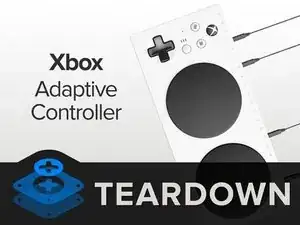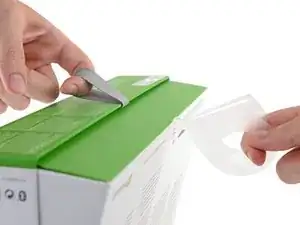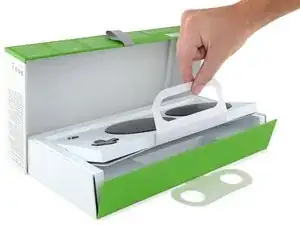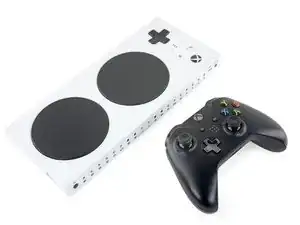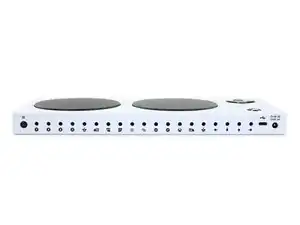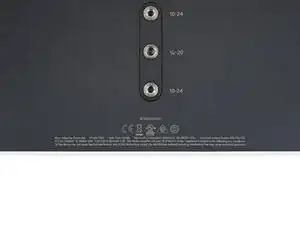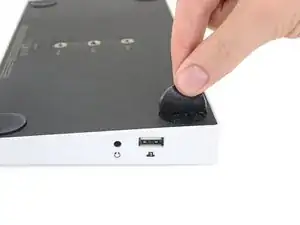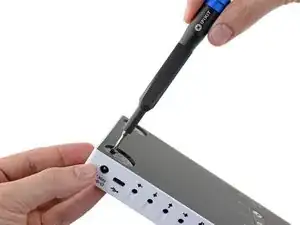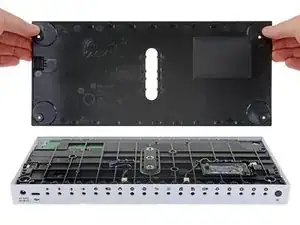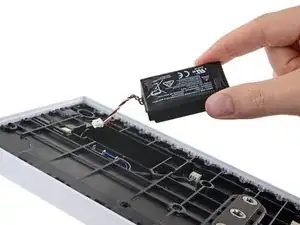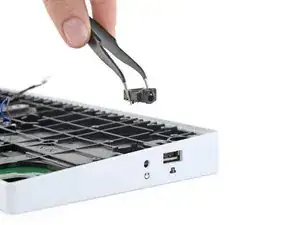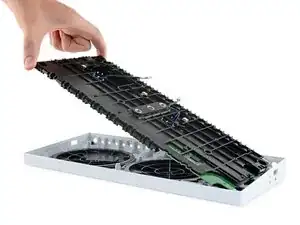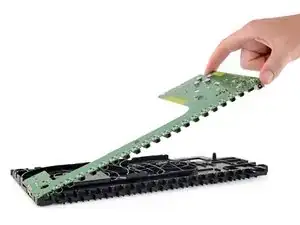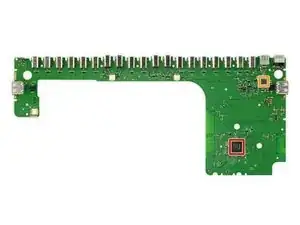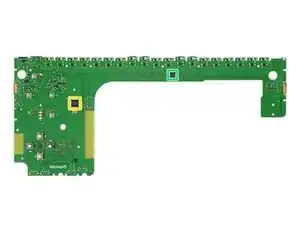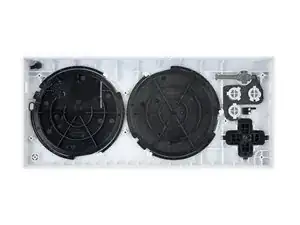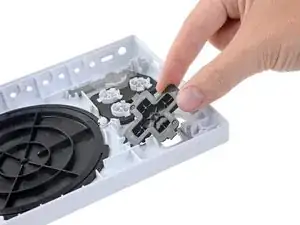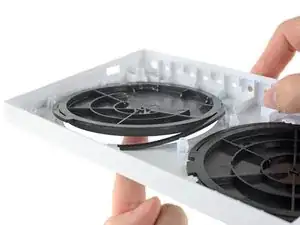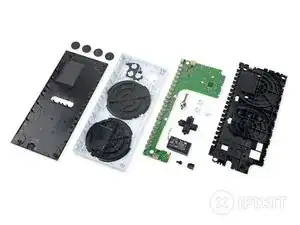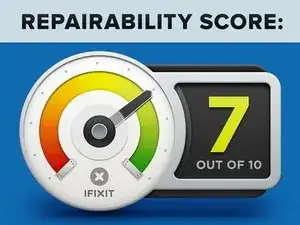Introduction
Designed from the ground up with accessible gaming in mind, the Xbox Adaptive Controller features large programmable buttons and a plethora of ports for external switches, buttons, mounts, and joysticks. But did Microsoft make the inside of their fancy new controller as accessible and configurable as the outside? Only one way to find out—time for a teardown!
Plug in with us on Facebook, Instagram and Twitter. We've got a newsletter too if you're the email type.
Tools
-
-
Designed to bring accessible gaming to Xbox One consoles and Windows 10 PCs, this unique controller is big on possibilities, not specs. Here's what we know:
-
Nineteen 3.5mm ports, two USB 2.0 ports, one USB-C port, and one 3.5 mm stereo headset jack
-
Xbox Wireless Bluetooth
-
AMPS and tripod mount compatibility
-
Rechargeable Li-Po battery
-
292 mm (L) x 130 mm (W) x 23 mm (H)
-
-
-
Packaging designed to be super easy to open. Lovely big handles for lifting out the tray containing the hardware.
-
-
-
Comparison to regular Xbox One controller (we're still rocking our Day One Edition)
-
Not as many buttons/functions to be sure, but this is wayyyy more configurable.
-
A total of nineteen "3.5 mm connection ports" line the backside of this controller. These allow for a virtually limitless number of ways to play.
-
Hello from Seattle! Model 1836. Also, three threaded mounting points so you can secure this thing however you need.
-
-
-
Four rubber feet conceal some screws. T9 Torx Security! Security screws are not our cup of tea, but we're armed and ready with the right driver for the occasion.
-
Decorating the inside case, we spy what appears to be... a honey badger. Microsoft products are known to conceal the occasional Easter egg, but we're unsure what to make of this one!
-
-
-
Battery doesn't take up much space b/c this controller is huge
-
Battery specs:
-
7.79 Wh Li-Po battery
-
Potential comparison to the 2 AA batteries in the Xbox One controller.
-
Modular headphone jack! Neat.
-
Other ports looking not so modular—let's explore further
-
-
-
Separating main board from plastic housing... more screws! Twelve more Torx security screws and one lone Philips.
-
Very simple construction here, and only the one board. It's a little unfortunate that so many ports are soldered down/difficult to service—but there's so much redundancy with those nineteen accessory ports, maybe it's not a big deal? (Provided you don't need all 19 of course.) It helps that button functions can also be remapped in software.
-
Just a few chips in this sea of green:
-
A Microsoft-branded ARM chip labeled X905893-002
-
Texas Instruments BQ24250 2 A Li-ion battery charger w/ power-path management
-
FTDI Vinculum-II programmable USB 2.0 host
-
NXP PCAL6524 I/O expander
-
-
-
The action on all of the buttons is very tactile. There are no rubber gaskets to dampen any of the switches—even the ones on the D-pad!
-
The A and B buttons have the least resistance, and are the only buttons that do not press directly onto a switch on the motherboard.
-
Plastic button covers & Spring mechanisms
-
-
-
This Adaptive Controller is definitely a simple machine at first blush, but it's easy to tell that Microsoft put a lot of thought into it, from the minute you open the box.
-
... If only they made it as easy to open the controller itself? We can forgive the hiding of screws under the rubber feet, but the liberal use of T9 and T6 Torx security screws here is less than ideal.
-
There aren't many moving parts when compared to your standard controller—which means fewer points of failure—but each of the button switches and the majority of the 3.5 mm ports are soldered directly to the motherboard. So should any of those fail, you're out $99.
-
Speaking of those soldered-on 3.5 mm ports: while it's a bummer they're all stuck to the main board, it's nice to see Microsoft stick with what appears to be the standard port for these assistive gaming accessories. Most of the popular switches, buttons, and toggles all appear to be plug-n-play ready.
-
-
-
Microsoft Surface Laptop Repairability Score: 7 out of 10 (10 is easiest to repair)
-
Disassembly is straightforward, nondestructive, and easily reversible.
-
Primary components are secured with screws; no adhesive in sight.
-
The battery is rechargeable, modular, and can be replaced after removing just four screws.
-
A portion of the components are modular and can be replaced, but some high-wear parts (like 3.5 mm ports and the springy A and B button covers) will require specials tools to repair should they break.
-
Use of Torx security screws creates an unnecessary repair hurdle.
-
